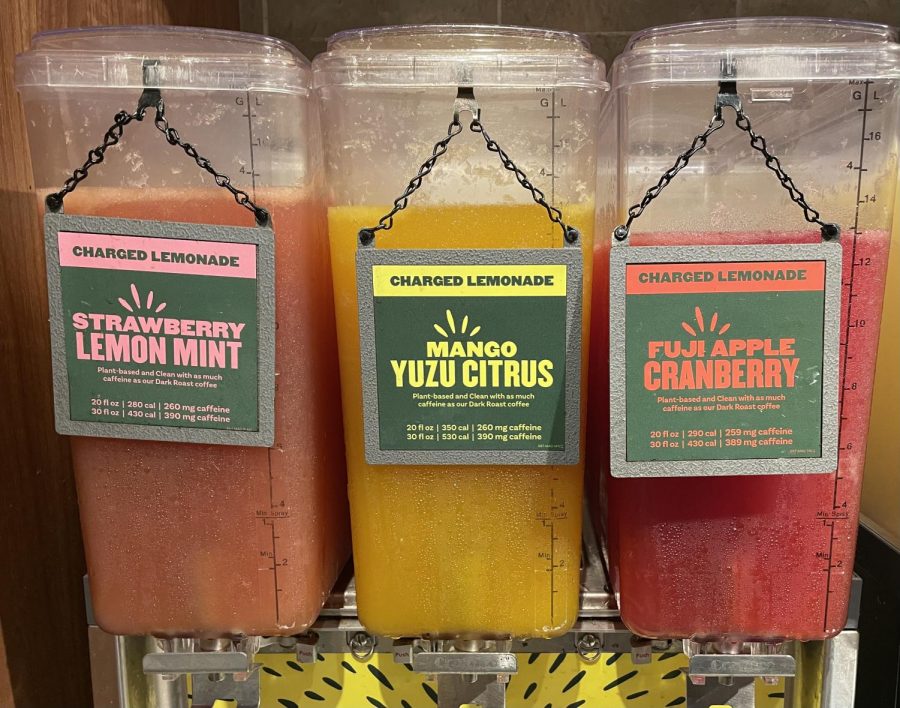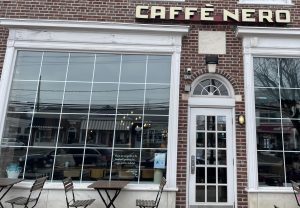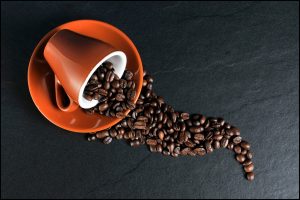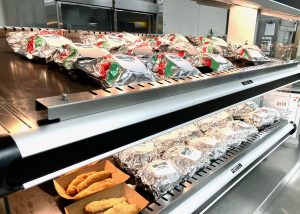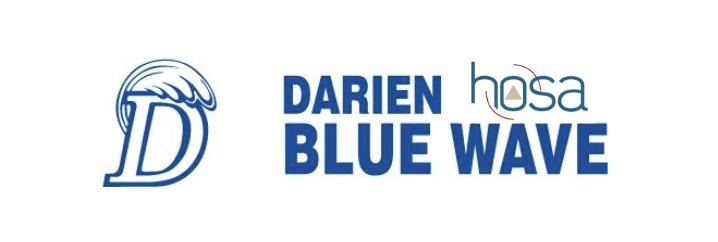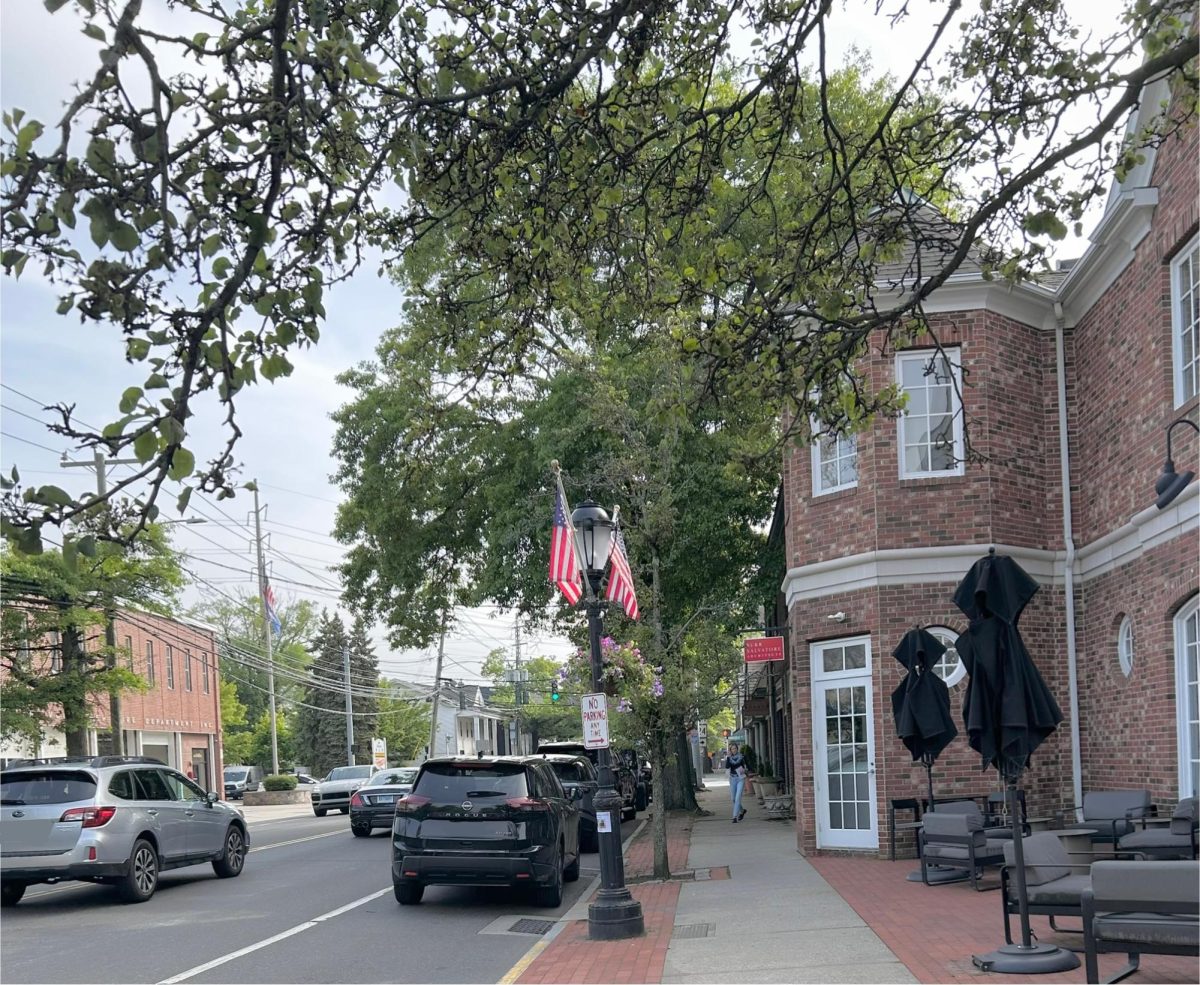The Rise of Panera “Sip Club” and Charged Lemonades: Caffeine Consumption in Teens
Can you cram without caffeine?
With the Panera “Sip Club,” subscribers enjoy free beverages once every two hours with free refills.
May 16, 2023
If you’re a person that consumes caffeine or enjoys various iced beverages, you’ve probably heard of (or partaken in) Panera’s “Sip Club,” a subscription at Panera Bread that allows you to get “unlimited” fountain drinks and coffee with a paid membership. The “Sip Club” has been on the rise recently due to Panera’s popular new caffeinated “Charged Lemonades.” Before the creation of charged lemonades and the promotion of the Sip Club free trials on TikTok, I personally was never someone who frequented Panera Bread nor considered eating there often. Now, Panera cups have started appearing amongst your typical Starbucks, Dunkin, and Caffe Nero beverages, whether at Darien High School, on college campuses, or at the Darien library. So, what’s with the spike in Panera drinks?
Perhaps consumers are allured by the whopping 300 mg of caffeine in their lemonades, looking for an extra caffeine boost. Others might be enticed by the free trials or the $11.99 (monthly) flat rate for membership.

What’s more is that in the thick of exam season, students are scrambling to keep up with school and study schedules. Many teenagers have sports, jobs, or other extracurricular activities to manage as well as studying, which can be overwhelming and seemingly impossible as a student.
So, what’s the solution? Caffeine. Surveying DHS students using a Google Form, over 75% of respondents said they consume caffeine, either on a daily or weekly basis. Caffeine is extremely accessible to adolescents; from coffee, tea, and energy drinks to chocolate and protein bars, anyone can get their hands on it to some extent. With its high accessibility and ability to increase alertness, energy, and mood, it is easy to understand how and why so many teens drink caffeine.
Caffeine has many beneficial and harmful health effects, and many teenagers feel these to differing extents. Junior Emmeline Wang drinks coffee daily, sometimes having an energy drink several times a week while studying. “Caffeine definitely helps keep me awake, and sometimes it can help me focus and concentrate. But, when I drink too much coffee, sometimes it hinders my concentration and I get distracted really easily,” said Wang. Earlier this winter, Wang gave a science presentation at the Darien Library on caffeine, discussing its chemical makeup, effects on the body, and the differences between natural caffeine (found in coffee) and synthetic caffeine (used in energy drinks such as Red Bull).
Psychotherapist Amy Morin says, “Adolescence is a vital time for brain development,” and caffeine consumption at a young age can interfere with brain development, by making developing neural connections (synapses) less efficient. According to the National Institute of Health (National Library of Medicine), caffeine intake initiated during adolescence can also tend to continue into adulthood, as it triggers pleasure circuits in the brain’s reward system. Our body releases dopamine (the happy hormone), and this effect of caffeine can be classified under the same process that leads to drug addictions–caffeine can influence your brain’s reward and addiction system, leading to future food and drink preferences in life.

There are many other ways that caffeine can negatively impact teens. According to Nemours Children’s Hospital, some effects include lowered sleep (ultimately affecting education, mental well-being, and physical health) and increased heart rate (which can worsen underlying health issues or lead to cardiovascular disease like heart arrhythmias). Research, however, mainly focuses on the effects of caffeine on adults, and scientists say 400 mg/day seems to be a safe maximum intake for adults. Wang said she can drink up to 200 mg of caffeine in a day, which is “way too much for me,” and that “you generally hear around 400 mg or 200 mg as the daily maximum amount” recommended for consumption. Despite being a caffeine enthusiast, Wang does not have Panera “Sip Club” and wouldn’t see herself going there often to get the charged lemonade. “There’s too much sugar and when sugar and caffeine mix, it’s a bad combo for me! They kind of just cancel each other out so it’s pointless,” she said.
Another concern regarding adolescents’ caffeine consumption and dietary habits is the amount of sugar consumed alongside caffeine. When combined, the body experiences an enormous surge of energy from the sugar and stimulants in caffeine, followed by a crash in blood sugar within hours. According to the Livestrong Foundation, too much sugar alone can also cause an increased likelihood of illness and heart disease, mood swings, and more. With a crash in blood sugar levels, the body can resort to a cycle of cravings and withdrawal symptoms as a result of imbalances in your system.
So, while the sugar and caffeine levels in drinks such as charged lemonades can seem appealing for “caffeine cramming” and have positive initial effects, they do have many undesirable side effects. These vary in everyone, however aside from caffeine crashes, the most common side effects of caffeine include insomnia, restlessness, anxiety, upset stomachs, psychomotor agitation (like pacing or tapping feet), and rambling speech and thoughts.
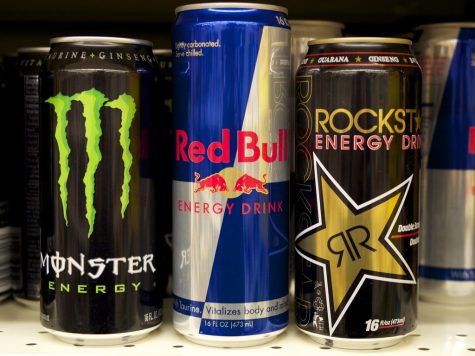
Nonetheless, Wang and other students—even with this extensive knowledge—are not deterred from drinking caffeine. The National Library of Medicine says caffeine is the most widely used psychoactive substance (or drug) in the world–and it’s highly popular amongst sleep-deprived teens, whether it be in the form of coffee, charged lemonades, Diet Coke, chai lattes, tea, or Celsius energy drinks.

